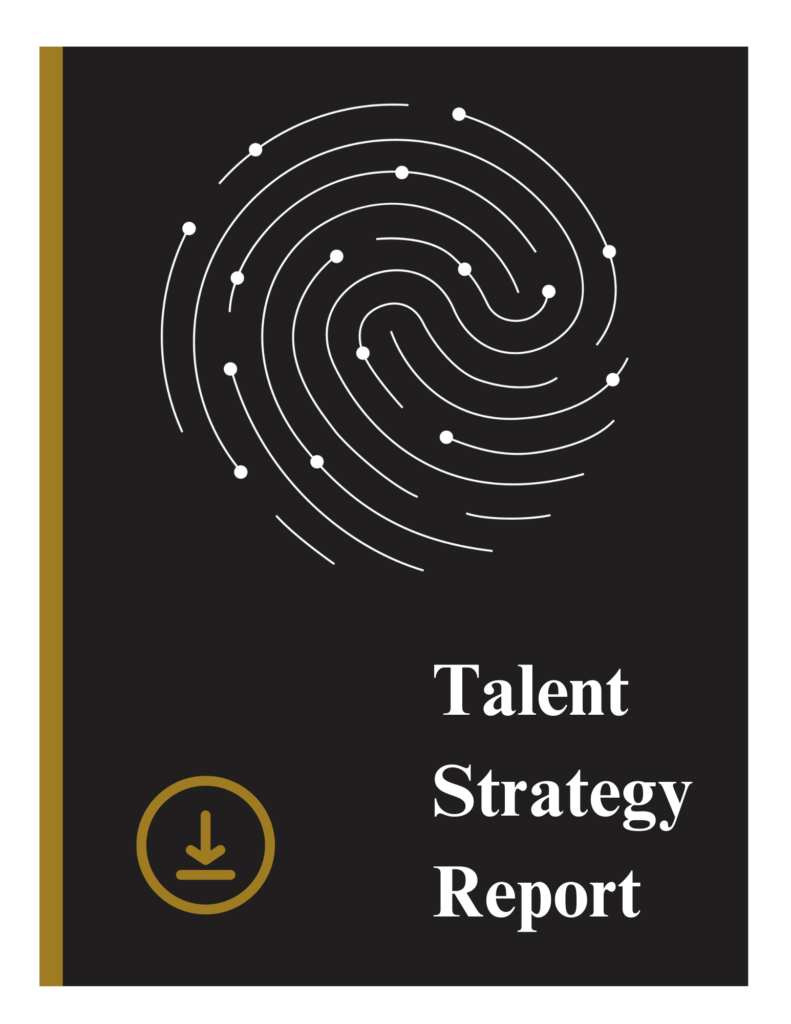How to Create and Execute a Company Culture Strategy and Why You Need One
Are you seeing what we’re seeing? Culture strategies and engagement plans are booming across every industry right now. So if you’re here, you’ve probably decided it’s time to start figuring your way through the world of developing a culture strategy.
What is culture, exactly?
In the workplace, these are your social norms and habits of employees, but they can also be how decisions are made, how people respond, and what’s acceptable and what isn’t; they can also be written or obvious or subtlety woven into a more political or gamified work environment.
So why do companies have culture strategies?
Typically, we see them when organizations want to preserve that environment and hone in on its strengths, or they’ve got a major opportunity and they want to make some workplace culture shifts.
How to Execute a Culture Strategy
You can do countless hours of research and webinars to figure our the best culture or the type of culture you want to build—but ultimately, we think a more simple approach to building a culture strategy wins out every time. We’ve combined our years of experience and that of our best mentors and friends into 5 crucial steps to build the best culture strategy.
- Alignment at the top! We’ve seen some amazing cultures built organically from the bottom up—but it’s ruthless, tiring, and held together by core business leaders who were determined to make a difference. So, if you’ve set out on the journey to change your culture and set a culture strategy, get commitment from the top of the organization. The best commitment comes with a few key elements:Psychologically, we unconsciously resist change to self-preserve—and that’s a lot to unpack. But that means that even if people say they are committed to change, they may not be self-aware enough to notice they are resisting. You’ll need a plan of attack early in your process and an agreement of how you will move forward as a team when progress stalls. For example, we encourage a round-table executive meeting to discuss how each person would like feedback in the process if they are the ones causing an impasse. If your company regularly practices premortems for strategic objectives, we’d recommend including this session into your practice.Get alignment and agreement on what’s broken in your existing culture. Note that this may come from your executive team but should also include a comprehensive analysis of feedback from across the organization, too.Discuss and isolate what you’re not willing to change at an executive level, too. Elements of your culture may be uncomfortable, and people may not like it, but it may serve your business quite well. Your culture won’t make everyone happy and if that’s your strategy, you’ve set yourself up with an impossible goal. Think of Southwest Airlines. Many of my friends love flying Southwest, they love that they can pick their own seat! But for me, personally, it’s on my loathe list—I think I’d rather walk than choose my own seat! That culture isn’t for me—and that’s ok and if you asked them, Southwest would agree—we are not a good fit, for each other.Set a SMART objective. Discussing culture change and actually changing your culture are two very different things. Getting some time-based objectives is crucial and some milestones of progress and change will help keep everyone’s expectations in line.
- Start with vision and values. Your culture should be a product of your vision and values. Everyone should know them and use them! How do you “use” your vision and values? They should be at the core of every decision that is made in your entire organization. If your vision and values aren’t clear or aren’t being used to make decisions, you’re probably seeing a LOT of micromanaging and a top-heavy span of control – aka – a worn-out leadership team. Your values should be so strong and prevalent that if a new employee was asked to make a major decision, they could turn to your values and make the right one. If your values and vision aren’t this strong. This is the first step in your culture strategy. Revamp, rewrite, reeducate—whatever you have to do to get your vision and values realigned to your organization’s decision-making process. And if this is where you’re getting started, one of my favorite books on the topic is Smart Trust by Stephen M.R. Covey.
- Define the culture you want to achieve. All your employees should know the direction you’re heading and the behaviors that are key to achieving your culture. Document them, share them, and continuously weave them into the day-to-day. When you document the behaviors of your culture, make sure you define them, too. For example, if a core behavior of your culture is “empathy” what does that really mean? What does that really look like? Semantics can play a dividing role in the development of a culture strategy. Remove that barrier but clearly defining the behaviors or your culture and what they mean!
- Set a “Culture List” of everything culture can and should impact. Now that you’ve defined your culture, your strategy needs to include changing processes and procedures that are counter to your culture. We recommend doing this by listing all your processes, procedures, and employee initiatives and offerings. Then, work your list. Start evaluating each one through feedback cycles and testing it to see if it adds or takes away from your culture. Here are a few examples for a company testing their “family-friendly culture”:
• Benefits – Does our benefit plan exclude spouses? Are the family plans affordable? Do you offer adoption assistance?
• Time and attendance policies – Do your policies offer excused absences for spouse or dependent’s doctor appointments? Can employees buy additional vacation time? Can they submit field trip forms or volunteer in their children’s classes for additional time off?
• Cafeteria – Does your lunchroom welcome guests to visit during lunches?
• Leave – do you offer paid paternity leave? Does your bereavement leave really support your employees’ needs?
• Nursing moms – do you offer comfortable lactation rooms or the bare minimum? Do you cater to their needs?
• Work-life balance – is this praised and encouraged? Or is leaving at five o’clock seen as “slacking?” - Get champions and feedback loops! Use people who are excited about the direction your culture is headed to champion the dialogue and encourage people forward. Continually test the behaviors of your organization to the culture you want to achieve. You may find it’s always a little bit of a moving target—we find culture development is an iterative process that always needs refining and tweaks.
- Be ready to say “goodbye.” As we mentioned earlier in our Southwest example, the vision you have for your culture may not be for everyone. You may have long-term employees and leaders of your organizations that can’t or won’t go where you’re going—and that’s ok, you’re no longer a good fit for each other. We’re all about helping people grow, evolve, and change, but be ready to part ways with team members who can’t be a part of your new culture. Set clear expectations and hold people accountable. The worst thing you can do for your culture strategy is to keep people on the team who are preventing your organization’s goals from moving forward.
Ready to dive into developing your culture strategy? Let us know, we’d love to help! Reach out to a Talent Optimization Consultant today to talk through your challenges—we’d love to be a part of your journey.












